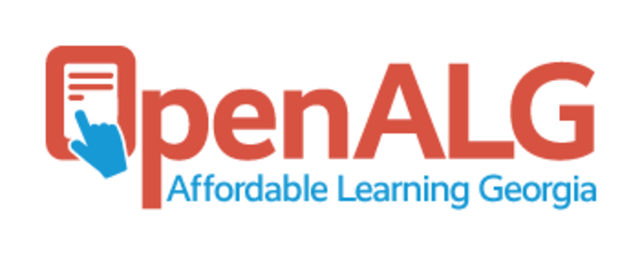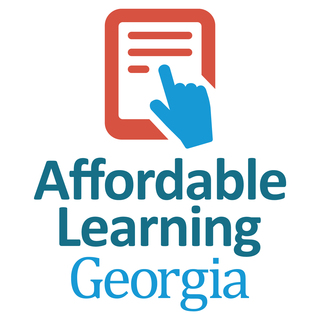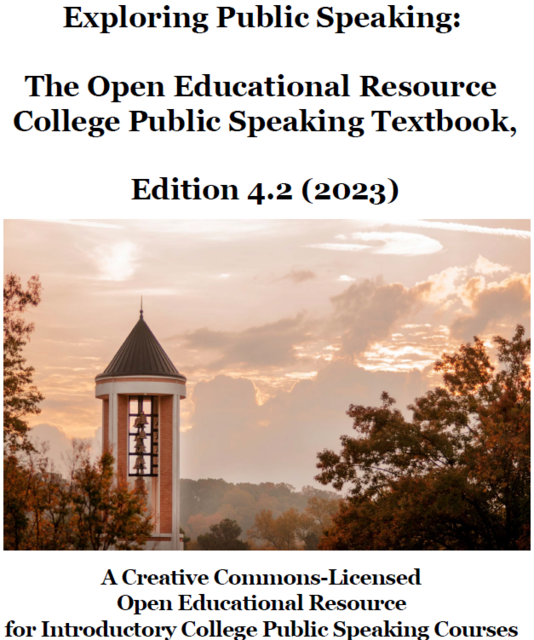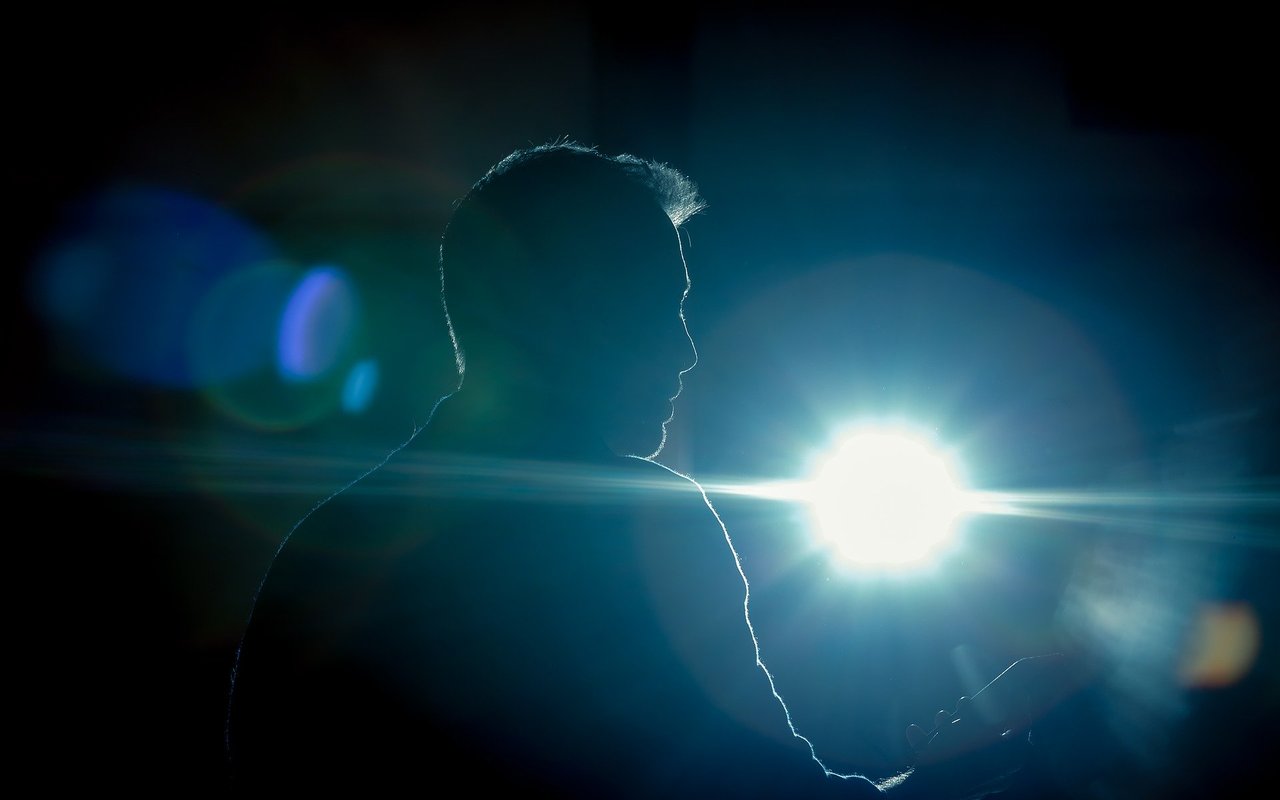Authors and Contributors
Barbara G. Tucker (Editor and Primary Author)
As chair of the Department of Communication at Dalton State College, Dr. Tucker oversees programs in communication, general studies, music, theatre, and interdisciplinary studies. She is Professor of Communication and has worked in higher education for over 40 years. She lives in Ringgold, Georgia, with her husband; they have one son. She is a novelist and playwright. Her research areas are the basic course, open educational resources, historical perspectives on rhetoric, and gratitude.
Matthew LeHew (Editor)
As Assistant Professor at Dalton State College, Matthew LeHew teaches courses in public relations, integrated marketing communication, film studies, and video production. His research interests include various areas of media studies, especially examination of virtual communities for online games. He is currently writing his dissertation for the Ph.D. in Communication (Media and Society track) at Georgia State University. He lives in Marietta, Georgia with his wife, son, and two dogs.
Amy Burger (Chapter 5, Appendix E and F)
Amy Burger is a reference and instruction librarian at Dalton State College. She is also pursuing a master’s degree in English with a concentration in rhetoric and professional writing from the University of Tennessee at Chattanooga. She lives in Northwest Georgia with her husband Ross and their pets.
Chad Daniel (Chapter 11/Expert Advice on the Voice from an Acting Instructor)
Chad has his Master of Fine Arts degree in Theatre from Southern Methodist University and over twenty years of teaching and professional experience. Chad has performed and directed in New York, Los Angeles, Chicago, Dallas, Nashville, Austin; Lyon, France and London, England. He has spent three years studying Voice and Speech with some of the best teachers in the industry, and eight years teaching Voice at various institutions throughout the Southeast.
Jerry Drye (Appendix D)
Jerry Drye is a professional humorist, public speaker, and educator. His career has included work as a comedian, motivational humorist, broadcaster, conference and workshop leader, and educator. He is a gifted storyteller and award winning professor. He has been called the “…ultimate entertainer (Venable),” and “…the best combination of Humor and Humanity I have ever seen (Hawkins).” He earned the B.S. and M.S. degrees in Organizational Communication at Murray State University where he served as a graduate teaching assistant. He obtained the Ed.S. degree in Adult Education from the University of Georgia. His teaching career includes stops at Clemson University and Dalton State College. He has studied and practiced the craft of public address and the humor arts for many years. He is in high demand as a keynote speaker, workshop leader, and consultant. He teaches college classes in Humor Communication, Public Speaking, Human Communication, and Organizational Communication. He has performed in concert halls, corporate board rooms, educational institutions, and churches and faith-based organizations. His motto is “Laughter is not a luxury; it is a necessity.”
Cathy Hunsicker (Appendix B, Parts 3, 4, 5, and 6)
Prior to obtaining credits to teach communication courses, Ms. Hunsicker taught reading and study skills for thirty years. She developed courses in reading, study skills, and problem solving for academic institutions and businesses, such as Reading Area Community College, Alvernia College, and the Reading Eagle in Reading,PA; Dalton State College, Dalton, GA; various county associations and institutions in Berks County, PA; and Agere Systems (formerly AT&T) plants in Reading, Allentown, and Breiningsville, PA. Working with students with learning disabilities at the college level led to Ms. Hunsicker honing her repertoire of cognitive strategies and problem solving skills to assist all kinds of students, especially adults, in acquiring an enriched learning experience to further their education and/or seek promotion on the job.
Amy Mendes (Appendix B, Part 7)
Amy Mendes is a Lecturer in the Communication Department at Dalton State College. Her approach to teaching Public Speaking is very student centered. She believes that every individual has a story to tell if given the right tools, and cherishes the opportunity to help students find those tools. Ms. Mendes attended Berry College for her undergraduate degree in Communication, and earned a Master’s in Communication from Westchester University. She is currently working on her dissertation to complete a doctorate in Higher Education Administration. Amy is married to Dr. Vincent Mendes, and they have three lovely girls who eschew public speaking as much as possible.




